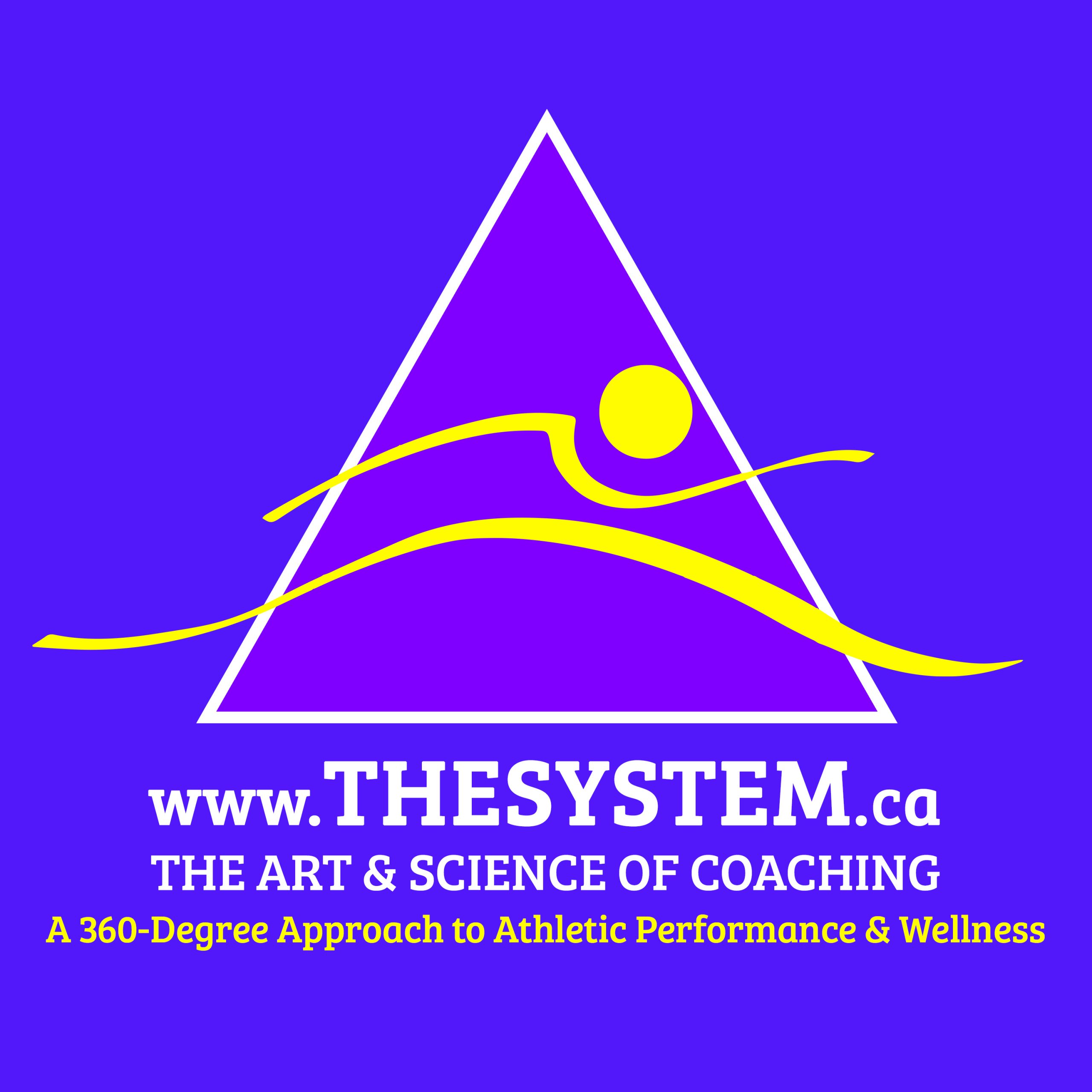Injury Prevention: A Detailed View Point
Conventional weightlifting, in high school & college, has produced over 1 Million injuries in the U.S. alone, & these are only the ones reported in the last 20 years.
Understanding the human anatomy:
- Composed of over 70% water
- Dense skeletal structure is composed of elastic connective tissue
- Bones are levers
- The bones, like any working levers, are moved by elastic muscles that are attached to the bones via tendons
- The cardiovascular system feeds the muscles oxygen through the blood, to produce force
- The nervous system is cable lines & allows for the:
- Muscles to communicate with each other
- Provide impetus to contract the muscles in a particular sequence
- Help maintain joint centration (i.e. 90 degree joint angles – The Universal Law of Human Biomechanics)
- Organize how muscles contract (i.e. agonist, synergist, antagonist)
The muscles are stretched quickly to produce Plyometric force or Elastic force requiring minimal muscle force.
In light of this, conventional weightlifting can contribute to many injuries, as lifting increases muscle connective tissue stiffness, but decreases elasticity, which in turn can reduce athletic performance.
“DaVinci proved the human body has mathematical proportions, hence it can produce maximal force at specific joint angles with muscles acting either as an agonist, synergist or antagonist”
Russian scientist Yuri Verkoshansky proved that heavy lifting could negate speed & rate of force production.
Joints of any kind are more susceptible to damage if those joints are exposed to high volume lifting &/or excessive weight loading.
”Heavy Weight lifting increases the size of the spring, but speed shows how the spring is to be utilized. Once maximal muscular force capacity is achieved, the connective tissue can be strained, due to continue supporting the load/force production, much like a roof of building will collapse if there is too much load placed on it”
Tendons, & more so ligaments, when stretched beyond their excessive limits from heavy lifting, can create:
- “Shut-off” adjacent muscles (i.e. they become weak)
- Which creates instability in the joints
- Which can lead to potential injury
“Eventually, given enough pressure, the dam will burst”
ACL tears amongst women who play soccer, in youth/college/professional sports, are good examples of the above statement.
There have been many thoughts on the reason for the high incidence of this but my own research and experience in training women has definitively exposed the primary causes of this in my mind.
It could be that most young girls:
- Play fewer sports than their male counterparts
- Have an increased “Q” angle in the leg (i.e. ‘wide hips’)
- Lack neurological processes for muscular balance required for:
- Change of direction
- Sprinting
- Jumping
- Landing
- etc…
The lack of these motor patterns can lead to:
- Muscular imbalances
- Poor running mechanics
- Joint strain via the lack of integrity from connected joints (i.e. next in line in the chain of force transmission)
… all are major contributing factors to the incidence of injury, especially with the knees.
Therefore, by addressing the pelvis in women, along with soft-tissue work & retraining proper running mechanics, the incidence of ACL tears, can be somewhat reduced.
It is important to note that NO injuries can be completely “prevented”, especially in contact sports (e.g. rugby, ice-hockey, football & the likes), but self-sustained injuries, like:
- ACL tears
- Hamstring strains
- Ankle sprains
… should be of concern, & should & can be potentially mitigated.
Hence, the idea of “Injury Prevention” should be a priority for all levels athletics, though probably more so for professional athletes, who derive their income from their particular craft.
Improper areas such as:
- Conditioning
- Regeneration
- Nutrition
- Biomechanics
… should all be considered when addressing “Injury Prevention”.
By addressing the following above-mentioned areas, it is possible to mitigate such self-sustained soft-tissue injuries.
Hamstring pulls appear to be quite common in sports that involve running, and in particular, sprinting. Therefore addressing, or at least investigating, the following areas might be of benefit:
- Biomechanics of running (i.e. poor recoil of the leg after it has pushed off the ground … poor elastic return, hence forcing the muscles to produce force)
- Nutrition
- Regeneration
- Conditioning
All these factors combined can alter movement, with the athlete “only following orders” w.r.t. sensory ques & execution of high-speed movements.
“You can not rush a river, but you can guide it. Movement just happens based upon the anatomical tension patterns that are established. The body moves to the path of least resistance, much like water in a river. High speed movement is movement & sensation in reverse”
Teaching movement is almost counter productive, as it drives habituated motor patterns up to the forebrain, only to be ‘cognisized’ in the brain, thus slowing the rely of sensory input & force output.
It would be more productive to just create the correct fascial/muscle tension patterns & heighten sensory input to facilitate appropriate movement.
Therefore, the key to improving the neurological processes involves:
- Improving lifestyle & wellness (i.e. sleep, hydration, nutrient density, psycho-social development)
- Increasing proprioception (i.e. body awareness)
- Increasing proper muscle recruitment patterns (i.e. hip hinge, squat, lunge, push horizontal / vertical, pull horizontal / vertical, throw, walk)
- Increase joint stability in all joints (i.e. proper movement patterns & load tissues correctly (can prevent premature joint & tissue damage) )
- Increasing tissue pliability (i.e. flexibility + mobility)
- Increasing tissue elasticity
- Increasing speed of muscle contraction (i.e. develop sound land, jump, hop, run, skip, accelerate, change direction, sprint technique)
F = M x A
(“F” – Force, “M” – Mass, “A” – Acceleration)
Excessive conventional system of maximal loading can alter:
- Muscle stiffness
- Muscle flexibility
- Joint mobility
- Muscular balance
- Coordination
- Rhythm
- Timing
- Biomechanics
… all of which can make the body more susceptible to damage
Summary of Injury Prevention
Step 1: Assessment
Perform:
- Static postural screen (i.e. supine & standing)
- Common Injury Risk Factors that are assessed
- Any Abnormal Structure(s)
- Leg length discrepancy
- Q-Angle
- Tibial Torsion
- Femoral Torsion
- Pelvic Torsion & Distortion
- Foot Structure
- Genu Varus (i.e. bow-legged) / Valgus (i.e. knock-kneed)
- Abnormal Function (Movement & Gait Mechanics)
- Foot Over pronation
- Foot Supination
- Arm Patterning
- Pelvic Rotation
- Hip Drop
- Common Injury Risk Factors that are assessed
- Joint range of motion
- Muscle testing
- Dynamic movement screen
- Review lifestyle
- Review nutrition
- Review sleep habits
- Perform special tests pertaining to injured & non-injured area(s)
- Assess current conditioning program w.r.t.:
- Frequency of conditioning
- Intensity of conditioning
- Volume of conditioning
- Type of conditioning
- Regeneration after conditioning
Step 2: Mitigate Soft-Tissue Failure
Loads that exceed an athlete’s:
- Proprioception
- Motor control
- Stabilization
- Recoil
… which can arise from abhorrent athletic movements, can make an athlete more susceptible to injury.
Step 3: Prevent Any Further Symptomology
Tissue that has, and is being, subjected to altered movement patterning, will breakdown & lead to degenerative changes that can become semi-permanent to permanent. Therefore it is wise to address the movement alteration.
Step 4: Reduce Asymptomatic Period via Decreasing Inflammation
Movement dysfunctions can aggravate various tissues such as:
- Tendons
- Muscles
- Joint structures
- Nerves
- Micro-vessels
- Bone
Step 5: Enhance Movement Quality
Establish movement control errors through increased proprioception.
“You can not rush a river, but you can guide it”
Altered movements are one of the main sub-sensory contributors to potential injuries.
Step 6: Establish & Implement Practical Recovery & Regeneration Methods
Utilize nutrition & other means, both evasive & non-evasive methods.
Step 7: Create a Periodized (i.e. progressive loading) Program
- Establish both short-term & long-term goals
- Progressively load tissue, first by using body weight, then by external loading with load
- Develop stabilizers via isometric movements & concentric movements
- Progressively add speed
- Emphasize proper technique
“Increase Physical Intelligence”
Step 8: Monitor Progress
- Track & analyze
- Evaluate the effectiveness of adaptation to the program
- Refine program
- Reduce over-training & injuries
- Enable consistent progression
Step 9: Re-Evaluate
- Perform special tests to ensure optimal return to play
- Ensure abhorrent movement patterns have been addressed
- Continue to employ proper lifestyle & wellness modifications
- Continue to employ practical revcovery & regeneration methods
- Change conditioning program to suit more performance goals, but still keep in touch with structure & stability

